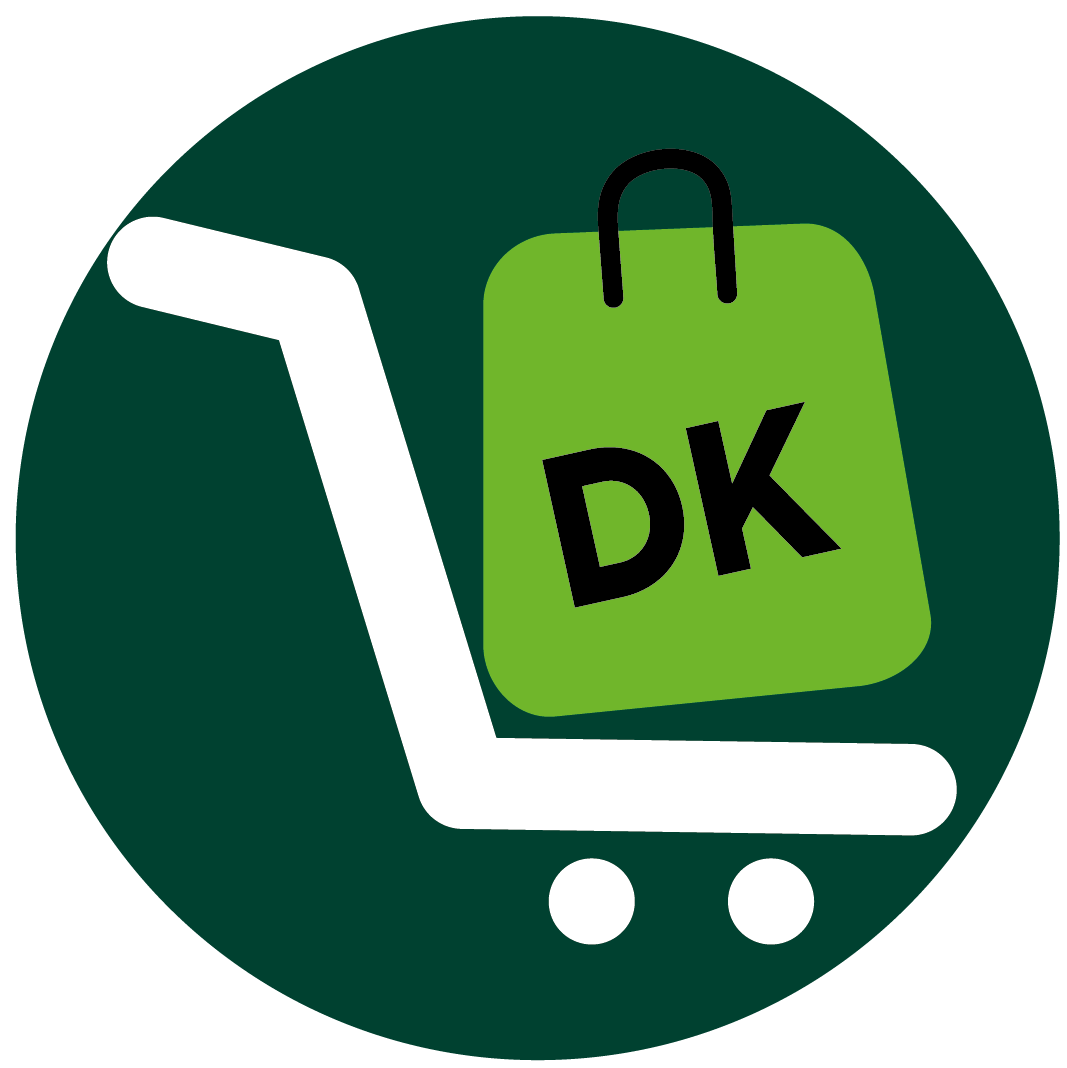Primary requirements:
- Shopify Subscription
- Domain Name
- Products
- Returns and Exchange Policy
- Data Privacy Policy Additional requirements:
- Shopify Accounting App
- Shopify Shipping App
- Adherence to Shopify’s Terms and Conditions
1. Shopify Subscription
Understand Shopify’s subscription plans for vendors so you can choose the tier that best suits your need. Choose any of the platform’s three subscriptions plans with the basic tier at $24/month for an annual bill. Access basic reports about your sales and store, list up to 1,000 inventory, and create up to two staff accounts with the basic plan.
The Shopify plan ($69/month) offers similar features to the basic plan, plus you create up to five staff accounts and access professional sales reports. With the advanced plan, at $299/month, you can create up to 15 staff accounts and request custom reports.
Irrespective of the plan you select, you can build your ecommerce store on Shopify without any coding experience, utilize sales channels to market and sell your items on the platform, enjoy 24/7 customer support, and use point of sales, POS, system to manage your staff, track your inventory, and so on.
2. Domain Name
Another Shopify seller requirement is your domain name. Your domain name is your store’s online address. To start, create a curated list of up to 10 or 15 names for your brand. Use Shopify’s Domain Name Registration to check if your proposed brand names are available. Choose the one that is most easy to read and relate to your business niche. Check how much your desired domain name costs, pay for it, and install it on your store.
3. Products
Have something to sell before you think of launching your store on Shopify. Specify at least one product to sell on the platform. You have two alternatives: Sell what you produce or look for products online and import them to your Shopify store—dropshipping.
Dropshipping is a quick way for you to make money selling on Shopify without holding any inventory. Consider dropshipping on Shopify if you don’t want to care about order fulfillment and want to save time and money.
Search for products and list the items on your store. Pay your supplier a wholesale price when a customer orders the product and keep the profits. The entire process of dropshipping on Shopify is easy and straightforward. So decide the items to sell on Shopify and specify whether you want to make the products or dropship.
4. Returns and Exchange Policy
To pass Shopify vendor requirements, write your returns and exchange policy. Explore Shopify’s tools to create your store’s terms and conditions, returns and exchange policy, standard privacy, and so on. Open Shopify Settings and select Legal. Scroll to Refund > Privacy, and input your Terms of Service. View your store policy sample in Shipping statements section.
5. Data Privacy Policy
To meet all Shopify seller standards, write a data privacy policy for your customers. Coming up with a privacy policy to protect your business and customer can be so tedious unless you’re a lawyer. To simplify the process, use the Shopify’s General Data Protection Regulator (GDPR) generator to create a comprehensive data privacy policy.
You only need to provide few information about your business and the system will automatically send the privacy policy to your mail.
6. Shopify Accounting App
To beat Shopify seller demands, get the platform’s accounting app. Use Shopify’s accounting app to record your transactions and estimate your tax on all the items you sell from your Shopify store. To make tax related issues easier, get the Shopify accounting app as a new seller. Check the Shopify sales tax tutorial for more information.
7. Shopify Shipping App
To fulfill all Shopify’s new sell requirements, get a Shopify shipping app. Use the shipping app to monitor your shipping and increase your revenue. Additionally, you require a shipping app to customize your shipping rate during customers’ checkouts. Fantastic, isn’t it? Yes, it is. You can generate additional profits by influencing your shipping rate.
Thank you shipping apps, you can avoid shipping for certain items, set shipping fees for variants and individual items, restrict shipping to specific location by zip code, and so much more. Some popular Shopify shipping apps are Shippo, ShipStation, Better Shipping, and so on.
>>> GET SMARTER: How to Add Products on Shopify
8. Adherence to Shopify’s Terms and Conditions
To keep selling on Shopify, adhere to the platform’s terms and conditions. Before you sell anything on Shopify, you must create an account. Provide your full name, address, phone number, email address, and other personal information to create a Shopify account.
Don’t forget, you must be 18 years and older to sell on Shopify. Read the platform’s terms and conditions and proceed with your account creation if you’re comfortable with the terms and conditions.
Shopify automatically creates a PayPal Express checkout account on your behalf once you successfully open a seller account. If PayPal doesn’t work in your region, the platform creates Shopify Payments account on your behalf. Ensure you use the payment method Shopify creates on your behalf as your default payment method. Read more about Shopify’s terms and conditions here.
Recap
You’re ready to launch your store on Shopify and start making money. Understand Shopify subscription, choose a domain name, decide what to sell, and create your returns and exchange policy.
Update your data privacy policy, get Shopify accounting and shipping apps. Then adhere to the platform’s terms and conditions so you can continue selling and making money.














